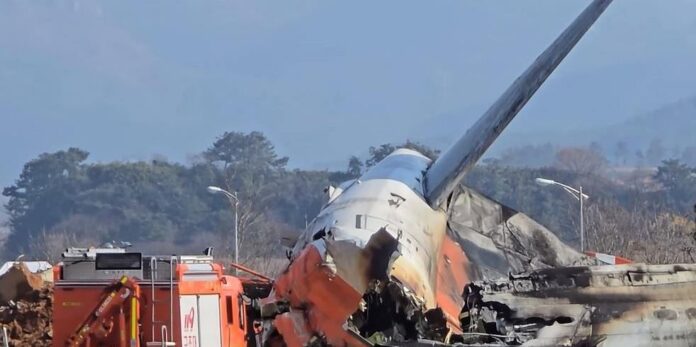In response to the deadliest aviation disaster in its history, South Korea has announced sweeping changes to airport infrastructure. This decision comes after a devastating incident in December where a Jeju Air flight crashed into a concrete navigation barrier during an emergency landing at Muan Airport, resulting in the tragic loss of 179 lives.
The government has decided to replace concrete navigation barriers at nine airports across the country. At Muan Airport, where the accident occurred, these barriers will be completely removed. Instead, new measures will include the installation of lightweight or underground structures that are less likely to cause severe damage in similar scenarios.
Additionally, safety enhancements will extend to runway safety areas. After inspections revealed that the runway safety areas at seven airports did not meet the recommended 240-meter length, authorities have committed to extending these zones to improve safety protocols and reduce the risk of future accidents.
This overhaul is part of a broader initiative to ensure that South Korea’s airports are among the safest in the world, preventing such catastrophic events from happening again.
Key Points
- Fatal Crash Response: South Korea to overhaul airport safety following a deadly plane crash at Muan Airport in December, which claimed 179 lives.
- Barrier Replacement: Concrete navigation barriers at nine airports will be substituted with lighter or underground alternatives, with complete removal at Muan Airport.
- Runway Safety: Seven airports will extend their runway safety areas, previously found to be below the recommended 240-meter length, to enhance safety measures.



